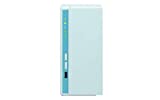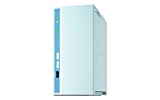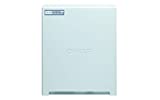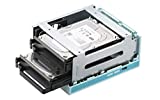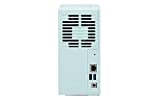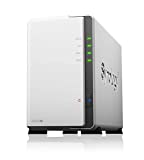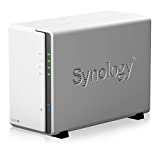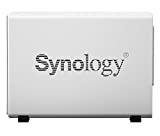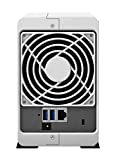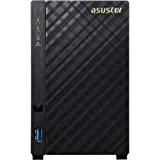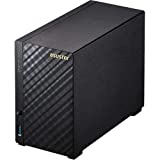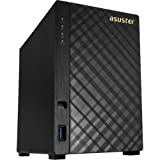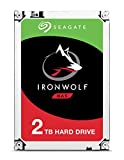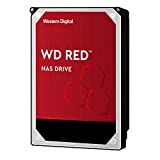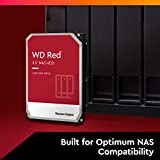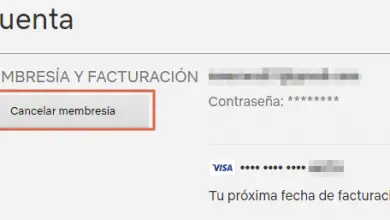How much does it cost to have 1TB or 2TB in the public cloud? And in the private cloud?
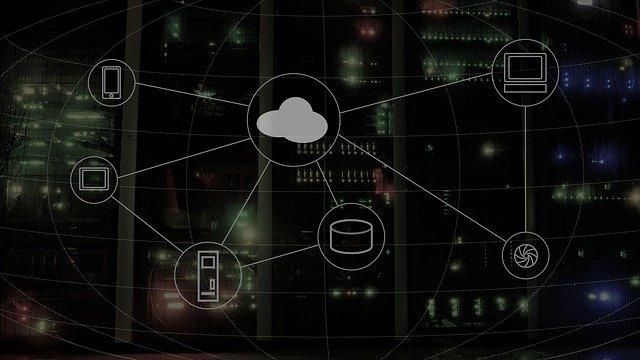
The ways of working over the years keep changing. In this sense, new technologies as well as software for us to use them are constantly evolving. Today we are in a period of transition to the digital world. An important part here is the work that companies do in the cloud, whether in the public cloud or in the private cloud. As a result, organizations are increasingly asking for such services, and their price usually varies depending on the storage we hire. In this tutorial, we will explain how much it costs to have 1 TB in the public cloud, but also in the private cloud, and what it can bring to our work.
The evolution to working in the cloud
Without a doubt, cloud storage is increasingly in demand. The way we work has changed a lot in recent years. Until a few years ago, you worked by sharing files with a USB drive. In contrast, in some offices with small local networks, you would work by sharing files in a folder from a PC. On the other hand, in large companies, they had a file server for these purposes.
Currently, the options we have discussed above are used from time to time. However, we are migrating the way we work to the cloud. In this sense, three types of cloud are currently chosen:
- Le public cloud in which we will have a provider that gives us access to a server, with some space in the public cloud.
- Un private cloud Designed for use only by a business, a NAS server is a private cloud.
- Le hybrid cloud which is a combination of public and private cloud, where the two clouds are perfectly synchronized to work together.

This way of working in the cloud gives us one of the easiest alternatives to share files between several people, or to make backup copies of our files almost automatically. User needs are growing, so let's see how much it will cost us to have 2TB in the main storage services in the public cloud, and also how much it would cost us in the private cloud.
Strengths and weaknesses of working in the cloud
In the medium to long term, the current trend is that we work more and more using the cloud. In addition, the pandemic and the trend towards remote working have also contributed to major changes. Regardless of that, there is no doubt that working in the cloud brings us benefits. One of the advantages of cloud storage is that we can have these files anywhere , in this case, it doesn't matter whether we are at home, on the move, in the office and even if we are using another computer, because there too we would have access to the content hosted in the cloud. Another positive aspect is that it is multiplatform, so we can use it with any device. In this sense, it allows access to these files from any smartphone, tablet or computer with an Internet connection. As we have already commented before, it allows you to share files and folders with other users , and also, we don't have to worry about the physical device where the data is stored is damaged.
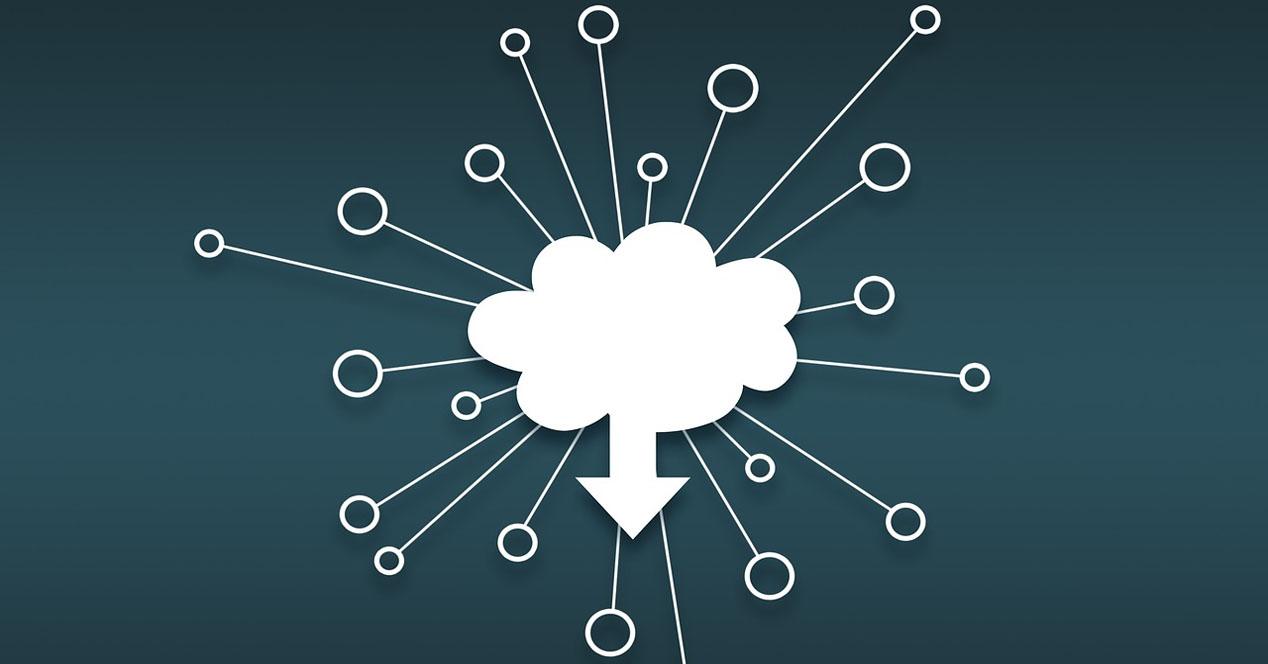
However, having files in the cloud also has its cons , one of the main ones being the space limit . In this sense, we will have to calculate well what we download if we do not want to run out of space. Another important thing is related to the security , by hosting our files in the cloud, we can lose control of security, although it is true that there are platforms that protect and encrypt our files well. On the other hand, we will need an internet connectionto access the files, and if we are working with mobile devices, we still have to spend the data from our tariff. Finally, there is the problem of server crashes, which is not something that happens very often. but during this time we could not work.
Now that we know the main pros and cons, let's see how much it can cost us to have 2TB per year, both in the public cloud and in the private cloud.
Public cloud storage price per year
Companies that offer cloud payment storage such as dropbox , in addition to being integrated with major platforms and having powerful applications for computers and mobiles, give us access to the downloaded files from anywhere. On our PC it is already normal to have a hard drive of 1 TB and even more, but Dropbox will allow us to synchronize the files and folders that we want. Currently Dropbox has different prices if we are dealing with a personal or professional license, in this case we have chosen the Dropbox Personal Family version, which integrates 2 TB of cloud storage to be shared up to 6 users, the price of this service. with charge per year is € 16,99 per month, so after a full year, the price is € 203,88.
Another widely used service is Microsoft 365 Family , this service includes access to the Office suite (Word, Excel and PowerPoint) and storage of 1TB per person, with up to 6 people maximum, so if we have multiple users we could have more storage in the cloud, reaching up to 6TB of storage. The price of this service is 99 euros per year , although if you want to buy the subscription for one user, the price is only $69 (for 1 TB of storage).

In the case of Google with Google Drive , the price of the 2TB cloud capacity subscription is 100 euros per year , a price also very competitive since it is worth half of that of Dropbox.
We must not forget either Amazon Drive , in this case the price is 200 € per year , nor the popular MEGA storage service which also offers very competitive prices, in the case of the 2 TB capacity version the annual price is 120 euros. Finally, we must not forget pCloud , a service that allows us to pay 350 € once and we will have access to your cloud for life.
Then you have a summary table of all the prices for these public cloud storage services.
| Supplier | Cloud capacity | Annual price | Other features | |
|---|---|---|---|---|
| Drop box | 2 To | 203,88 € | ||
| Microsoft 365 Family | 1 To | 69 € | It has a family version for up to 6 users and 6 TB of capacity | |
| Google Drive | 2 To | 100 € | ||
| Amazon Drive | 2 To | 200 € | ||
| MEGA | 2 To | 120 € | ||
| pCloud | 2 To | 350 € | One-off payment of 350 € and lifetime use |
Price per year for private cloud storage
When we talk about private cloud, we are talking about having a NAS server in our house to access our files and folders from anywhere. Of course, we have the option of setting up file and folder sync, just like we've done in every other public cloud we've seen before. To set up a private cloud, we will only need two things: a NAS server, and the necessary hard drives where we will store all the information.
As everything is replicated in the public cloud, to avoid data loss, it is very important to purchase a NAS server with at least 2 bays to host the hard drives. Thanks to the incorporation of 2 bays, we will be able to configure a RAID 1 (mirror) to replicate all the information on the two hard disks. In the event of a drive failure, all information will remain accessible, and we can even replace the broken hard drive with a new one of equal or greater capacity to replicate all the information.
NAS Servers
Although there are dozens of NAS server models, we are going to recommend NAS servers geared towards a home environment, where we only want to store information and access it locally (in the same home network) and also remotely (via the Internet). ). In case we want to use it as a DLNA media server, or use a Plex media server, you will need to purchase more powerful NAS servers than we are going to indicate here.
In RedesZone, we have chosen a total of three NAS servers, which integrate the minimum necessary for their operation when backing up files to be optimal. All are less than 200 euros and have 2 bays to accommodate hard drives inside, and to be able to configure a RAID 1.
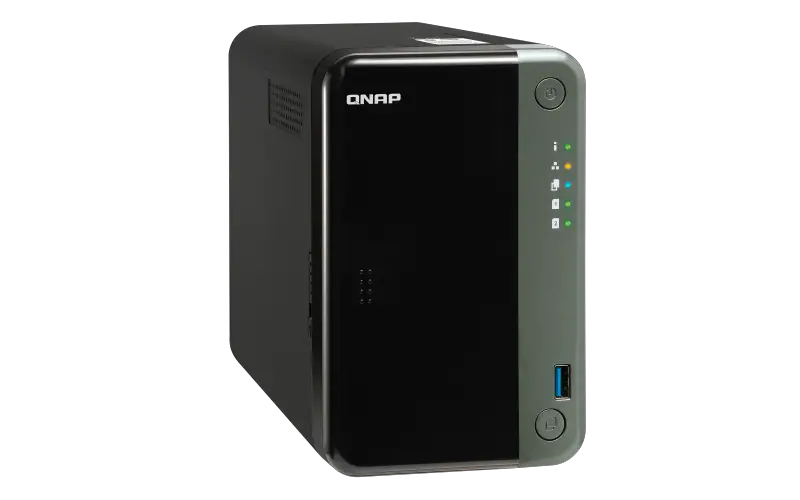
The QNAP TS-230 model integrates a Quad-Core 1,4 GHz processor, with accelerated encryption and hardware transcoding, has 2 GB of DDR4 RAM and a Gigabit Ethernet port to connect it to the local network. It also has 2 USB 3.0 ports. Your QTS operating system has hundreds of configuration options for sharing files via Samba, FTP, WebDAV, and many other protocols.
The Synology DS220J model integrates a Quad-Core 1,4 GHz processor, with accelerated encryption and hardware transcoding, has 512MB of DDR4 RAM and a Gigabit Ethernet port to connect it to the local network. It also has 2 USB 3.0 ports. Your DSM operating system has hundreds of configuration options for sharing files via Samba, FTP, WebDAV, and other protocols.
Finally, the ASUSTOR AS1002T model integrates a 1,6 GHz Dual-Core processor, with a hardware encryption engine, 512 MB of DDR4 RAM and a Gigabit Ethernet port to connect it to the local network. It also has 2 USB 3.0 ports. Thanks to its ADM operating system, we can get the most out of your hardware by incorporating dozens of network services.

